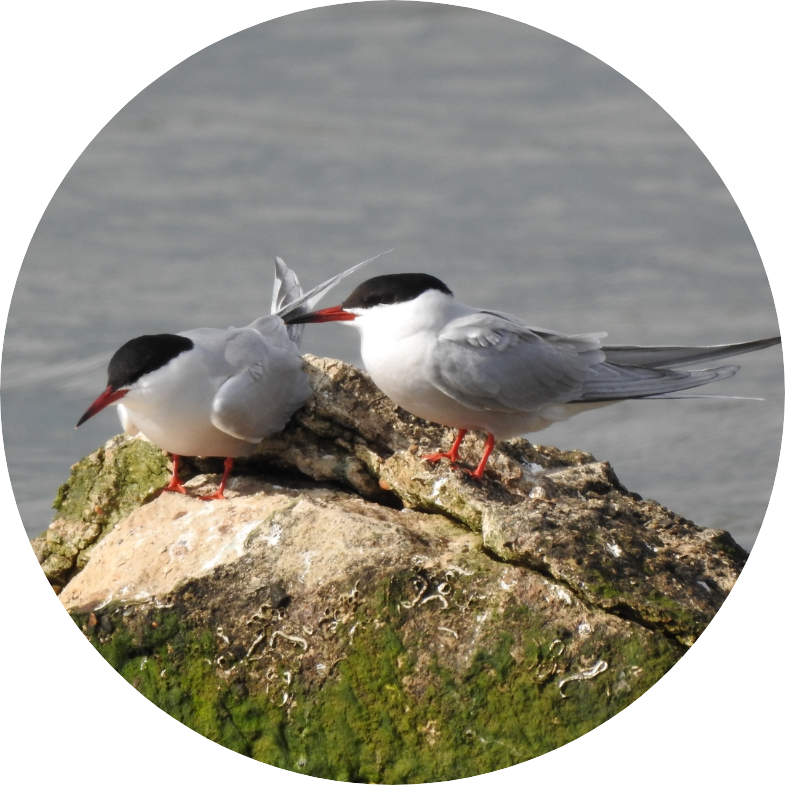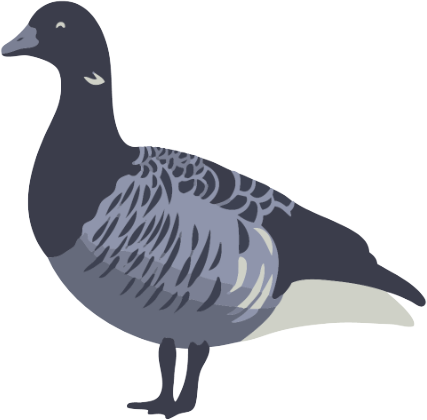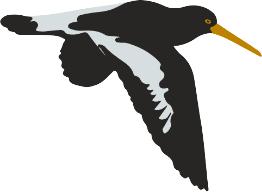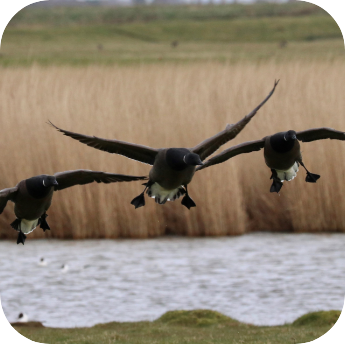Seabird Nesting Sites
This diverse network of wetlands, estuaries and sandbanks offers refuge and rich food supplies for species including the bar tailed godwit, dunlin, pintail, redshank, oystercatcher and Brent geese.

The area is additionally an internationally renowned seabird breeding colony site. Key breeding species include common, little and sandwich terns, and the Mediterranean gull – which are all listed under Annex 1 of the EU Birds Directive. Annex 1 species are those most at risk and the rarest birds we have, so conserving their habitats is critical to ongoing survival.
The Solent provides important wintering grounds for over 125,000 ducks, geese and wading birds.



While individual sites in the Solent may be home to most of a population of a particular species, the complex network of interconnected habitats can also be considered as a single unit. For example, many species move between sites in winter and various sites may be used in successive years. Further afield, many of the birds supported by habitats in the Solent move between continents – for example, terns over-winter in Western Africa and will make the long return journey back to us each spring. As part of the Solent Seascape Project, we are actively restoring, enhancing or creating at least ten nesting sites for seabirds within the project area. Our aim is to reverse the decline, stabilise and then support the growth of the 12,000 breeding pairs currently making their home in the Solent.
Our partners at RSPB offer technical expertise on seabird habitat restoration and have started delivering seabird habitat restoration and creation, working closely with the other habitat restoration efforts. Natural England are also actively restoring seabird nesting sites and provide technical advice on all aspects of the work.